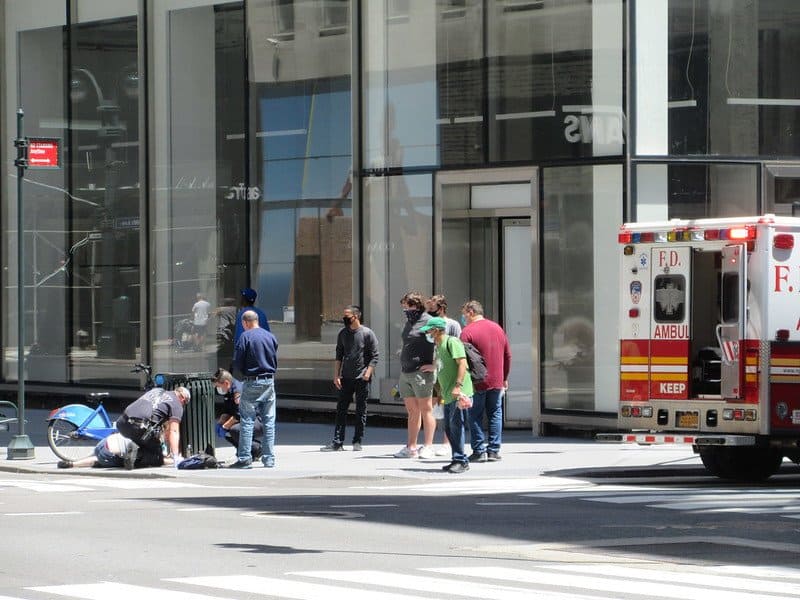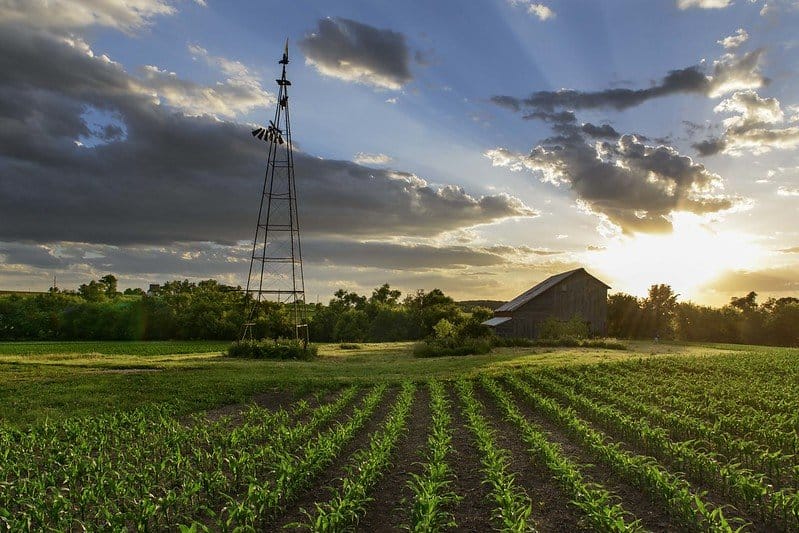Three great stories we found on the internet this week.
The way we were
The pandemic has changed the way we live — in some cases, by reverting it back to how it once was. Hakai reports on how some Pacific Islands, faced with market closures, have re-embraced traditional systems in which food is grown locally and used for sustenance rather than sale. These shifts have had an unexpected effect: hunger has fallen as communities have gone back to growing and sharing their own food, making sure there is plenty to go around.
Weighed down by negative news?
Our smart, bright, weekly newsletter is the uplift you’ve been looking for.A new study found that islands that remained reliant on imported food were nearly twice as likely to report food insecurity as islands that produced most of their own, such as Fiji and Micronesia. Bartering increased as well, with some communities giving the traditional practice a modern twist with digital tools. “The point is not to change too much,” said one of the co-authors of the study. “There’s a lot of management for resilience that’s been going on in villages for generations. So when the government comes in, it’s important to remember that things are already working in a certain way — and working pretty well.”
Time’s up, doc
How will the medical community respond to the effects of climate change? A growing number of med schools are incorporating climate-related health impacts into their curriculums.
Grist takes a look at one of the latest schools to jump on board: Emory Medical School in Atlanta, which is revising parts of its curriculum to take into account the changing climate’s effect on human health. The revisions have broad reach, accounting for changes such as increases in strokes, asthma, mosquito-borne diseases, dehydration and preterm births caused by extreme heat. The curriculum revisions were pushed for by students themselves: the young generation of doctors and nurses who will confront the worst of climate change in the coming decades.

In 2019, the American Medical Association endorsed the teaching of climate change’s health impacts in “undergraduate, graduate and continuing medical education.” Schools seem to be taking note. As of today, some 47 medical schools in the U.S. have incorporated best practices and educational trainings for teaching climate change developed by Columbia University. “Progress has previously felt a little slow and ad hoc,” said the faculty advisor for Emory’s new climate effort. “Now, there is momentum that seems to reflect a shared recognition that climate change matters for the health of our patients, for clinical care delivery, now.”
Wild at heartland
The concept of rewilding, in which land altered by humans is allowed to return to its natural state, is growing in popularity. But can it work in Iowa, one of America’s most altered landscapes, where 85 percent of the land is actively farmed and 97 percent privately owned?

A group called BeWild ReWild believes it can. The organization’s ultimate goal is a wilderness corridor that follows the Mississippi and Missouri Rivers from Canada to the Gulf of Mexico. To achieve this, BeWild ReWild uses a mix of town hall events, workshops and op-eds in local papers to convince private landowners to voluntarily rewild parts of their land, creating a natural patchwork that can eventually connect as a whole. “Forty-six acres at a time is a drop in the bucket compared to what needs to be done,” said organizer Leland Searles, but “restoration in strategic locations can advance what we’d like to see as far as rewilding.”
The group’s ultimate goal is to reintroduce native species like wolves and bison to a state that was once 80 percent wild prairie. There’s a long way to go, but in a place like Iowa, where farming is life, even getting the conversation started is seen as a victory. “The solutions exist,” said Searles. “It’s a matter of allowing the solutions to happen.”










